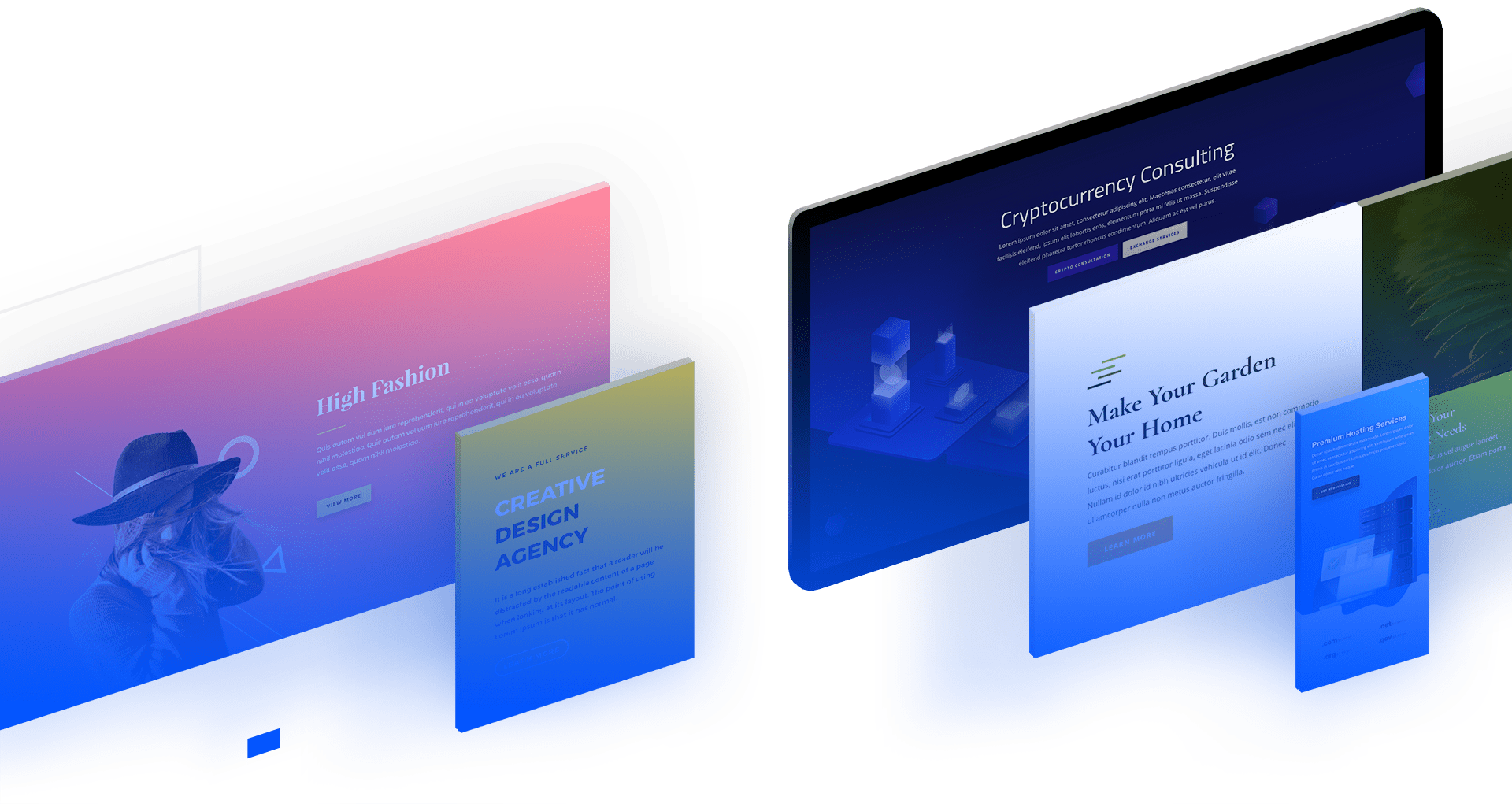Header e charset
If you’ve ever done work in non-English languages with Classic ASP (ASP3) and gotten black squares in side of the characters you expected, your checklist should be something like this.
Classic ASP Internationalization “Don’t Lie” Checklist
- Are your ASP pages saved as UTF-8? I recommend Notepad2 (or debug.exe 😉 ) as a good editor that knows what a Unicode Byte-Order-Mark looks like.
- There’s two aspects to encoding with Classic ASP – there’s the encoding of the page (the static stuff) and the encoding of the dynamically created content.
- Add this little-known bit-o-goodness to your pages:
Response.CodePage = 65001
Response.CharSet = “utf-8” - Make sure that the strings/content you are consuming is also the correct encoding. A very common problem is having Unicode content in an XML file but the prolog might say:
<?xml version=”1.0″ encoding=”iso-1159-1″ ?>.
This mistake will go unnoticed until José shows up. - Make sure your XML encoding matches you actual encoding:
<?xml version=”1.0″ encoding=”UTF-8″ ?>. - You might also ensure your Http Headers don’t lie:
Content-Type: text/html; charset=utf-8 - You might also ensure your META tags don’t lie:
<meta http-equiv=”Content-Type” content=”text/html; charset=UTF-8″ />
When all these things line up, things tend to just work. Again, this is old-school stuff, so you likely don’t care. Move along, nothing to see here.
Fonte https://www.hanselman.com/blog/internationalization-and-classic-asp

